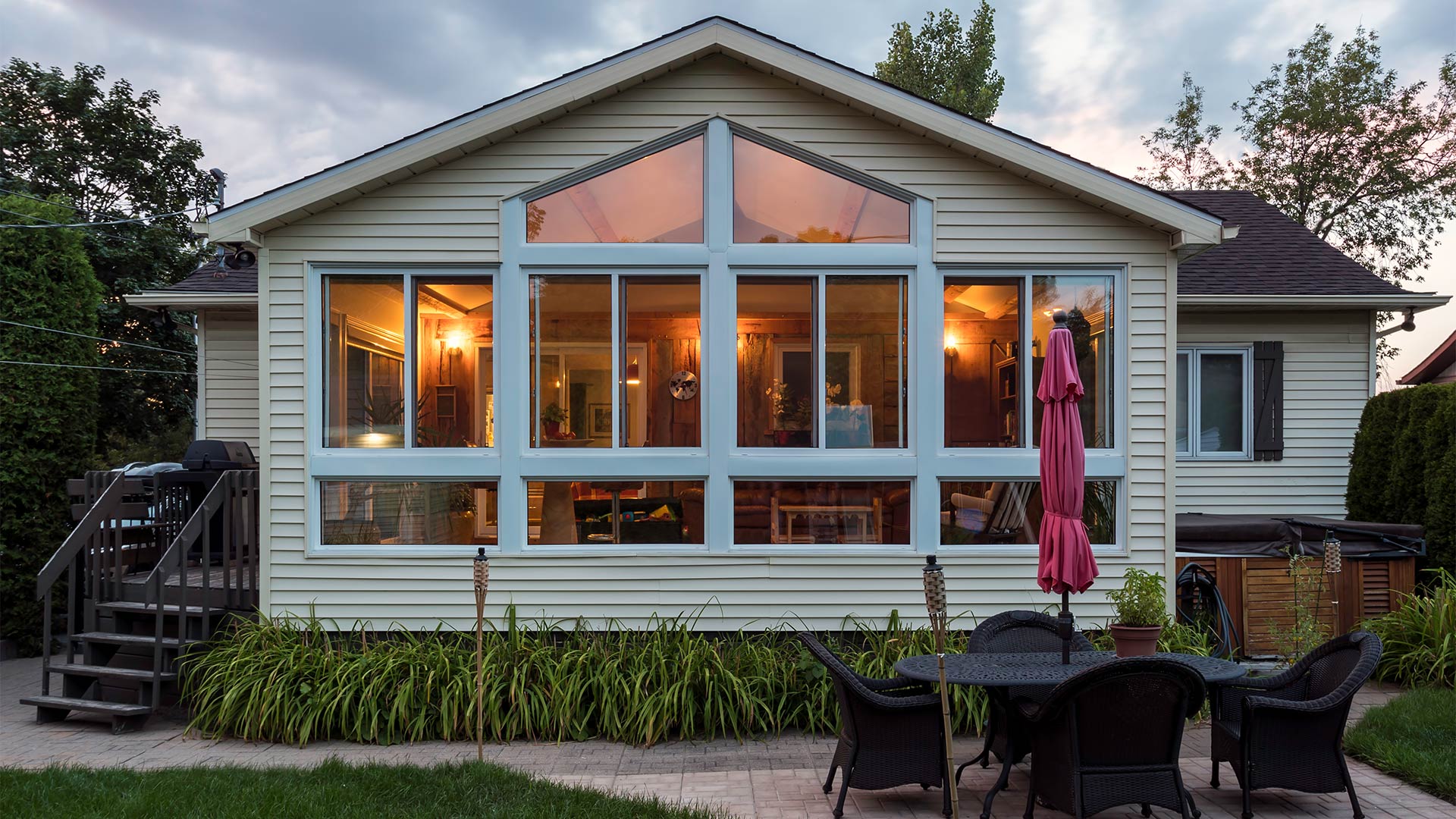Table Of Content

Conventional loans normally require a down payment of 20%, but some lenders may go lower, such as 10%, 5%, or 3% at the very least. If the down payment is lower than 20%, borrowers will be asked to purchase Private Mortgage Insurance (PMI) to protect the mortgage lenders. The PMI is normally paid as a monthly fee added to the mortgage until the balance of the loan falls below 80 or 78% of the home purchase price. Though you pay more upfront in the second example, your monthly mortgage payments will cost about $200 less.
Average Down Payment on a House
In a new survey, nearly 2 out of every 5 homeowners say they couldn't afford their house at today's prices. And while this might be a good thing for owners for whom real estate is a store of value, it also speaks to the state of the market that buyers now find themselves in. As housing costs soar, Gen Z and Millennial home buyers are turning to family for help with house down payments. Making a 12% investment on a median-priced house in California (as of summer 2022) would equal a down payment of just over $100,000. That’s the closest we can get to determining an average for all buyers statewide. Instead, lenders are primarily focused on your housing expenses – including any taxes, insurance, and association dues – and other ongoing installment or court-ordered payments.
What it’s like to buy a house in LA
Low Income Home Loans and Housing Programs in 2024 - The Mortgage Reports
Low Income Home Loans and Housing Programs in 2024.
Posted: Fri, 26 Jan 2024 08:00:00 GMT [source]
Here is the full list of the average down payment (as a percentage) and the median down payment (as a dollar amount), according to Realtor.com. There are many home buyer assistance programs available through state and local governments. Participating charities also offer financial aid to eligible home buyers.
Online & mobile banking
Blueprint is an independent publisher and comparison service, not an investment advisor. The information provided is for educational purposes only and we encourage you to seek personalized advice from qualified professionals regarding specific financial decisions. The typical down payment is generally between 6% and 7% for first-time homebuyers and 17% for repeat buyers. However, you might want to put down more or less money based on your financial situation and preferences. After you’ve compared lenders and signed a purchase agreement with a seller, you’ll need to complete a full application with the lender you prefer.
Many Homeowners Couldn't Afford Their Current House at Today's Prices
Blueprint is an independent, advertising-supported comparison service focused on helping readers make smarter decisions. We receive compensation from the companies that advertise on Blueprint which may impact how and where products appear on this site. Blueprint does not include all companies, products or offers that may be available to you within the market. Special programs in your state or local housing authority help first-time buyers.
In 1971, the Federal Home Loan Bank Board allowed savings and loans to approve conventional mortgages with as little as 5% down with PMI. You might have heard you’re required to put down 20 percent on a home. With an upfront down payment of 20% at $72,600 plus necessary closing or settlement costs averaging 4.5% of the purchase price, the sum needed for the house purchase would be $88,935.

Since lenders use LTV to price mortgages, a lower LTV means you'll likely pay a lower interest rate on your mortgage. When your LTV ratio exceeds 80%, you’ll likely pay for Private Mortgage Insurance (PMI). Get Forbes Advisor’s ratings of the best mortgage lenders, advice on where to find the lowest mortgage or refinance rates, and other tips for buying and selling real estate. The minimum amount you can put down will depend on the type of mortgage you get. For example, you’ll typically need to put at least 3% down for a conventional loan or 3.5% down for an FHA loan, while USDA and VA loans don’t require a down payment.
The property you’re buying must comply with standards set by the U.S. Department of Housing and Urban Development for single-family and condo homes and be within FHA loan limits. Factor in the opportunity cost when considering putting down more money upfront. Though a larger down payment may earn you a lower interest rate and monthly mortgage payment, it may make more sense to use the money for college tuition, investments or retirement. This is when you receive money from an approved third party, such as a family member, to help cover the investment on a home purchase. It’s a great way to minimize your upfront costs when buying a house.
The down payment directly reduces the amount of money you need to borrow for the home purchase. However, you might be comfortable taking on more debt to cover a larger down payment. One way to see what could work for your down payment is to compare loan options with multiple lenders using different down payment amounts. This can help you see how your monthly payments would look as a result. It’s usually expressed as a percentage of your property’s sale price.
Make purchases with your debit card, and bank from almost anywhere by phone, tablet or computer and more than 15,000 ATMs and more than 4,700 branches. If a buyer put 10-20% down, they may be more committed to the home and less likely to default. If there is more equity in the property, the lender is more likely able to recover its loss in the event of foreclosure.
Your interest rate significantly impacts your monthly payment, which in turn affects how much income you'll need to earn to purchase a $300k home. Our calculations for the income needed to buy a $300k house assume you have around $600 (or less) in other monthly debts. If your recurring payments are higher, you'll need more income to qualify for a mortgage. Our calculations for the income needed to buy a $200k house assume you have around $400 (or less) in other monthly debts. For all calculations, we’ll assume property taxes of 1% of the home price per year and $125 per month in homeowner’s insurance, and mortgage insurance rates from MGIC.
Family members, such as a parent, sibling or in-laws, can contribute financial gifts to cover all or part of the down payment. The mortgage gift rules vary by lender and program and you may need to use a certain amount of personal funds. NAR reports that 78% of all home buyers financed their home acquisition, with buyers between ages 24 to 32 being the most likely to get a mortgage.
On a Federal Housing Administration (FHA) loan, 10% down can be the difference between paying mortgage insurance for the life of your loan or for the first 11 years. Lenders appreciate large down payments because it lowers their financial risk and shows that you’re a motivated buyer. The larger your down payment, the less you pay each month in principal and interest. Think of a down payment as an interest-free way to get a jump-start on paying off your home. Just as home prices vary widely across the U.S., down payment amounts vary by location.
Waitrose is launching an exclusive range of products with popular chef Yotam Ottolenghi today. Staff at the UK's biggest airport are set to walk out during the early bank holiday in May, with their union warning planes could be "delayed, disrupted and grounded". Let’s take a closer look at where these numbers came from, and what you can expect when buying a house in California during the latter part of 2022.
If you expect to refinance your mortgage, you'll typically need 20% home equity. It’s possible to get a mortgage with a credit score below 620, particularly with an FHA loan, but you’ll need to put down a higher amount upfront — 10 percent. With other mortgages, though, a lower credit score likely won’t give you access to the most competitive rates, if you qualify. The average first-time home buyer pays 6% upfront and obtains a mortgage from a bank or other financial institution for the balance. Young homebuyers, low-wage homebuyers, people with kids, people with high student debt and anyone in an expensive housing market can have trouble saving up 20% of a home’s purchase price.
Borrowers who leave their job must pay the loan back at the due date of their next federal income tax date. A failure to do so incurs the same penalties levied against buyers who make a withdrawal from their 401(k). Buyers emboldened by a commission rebate can make higher offers or use the funds to replenish their savings after their down payment. Bank deposit accounts, such as checking and savings, may be subject to approval. Deposit products and related services are offered by JPMorgan Chase Bank, N.A. Member FDIC.


No comments:
Post a Comment